Home>Gardening & Outdoor>Outdoor Structures>How To Bend Composite Decking
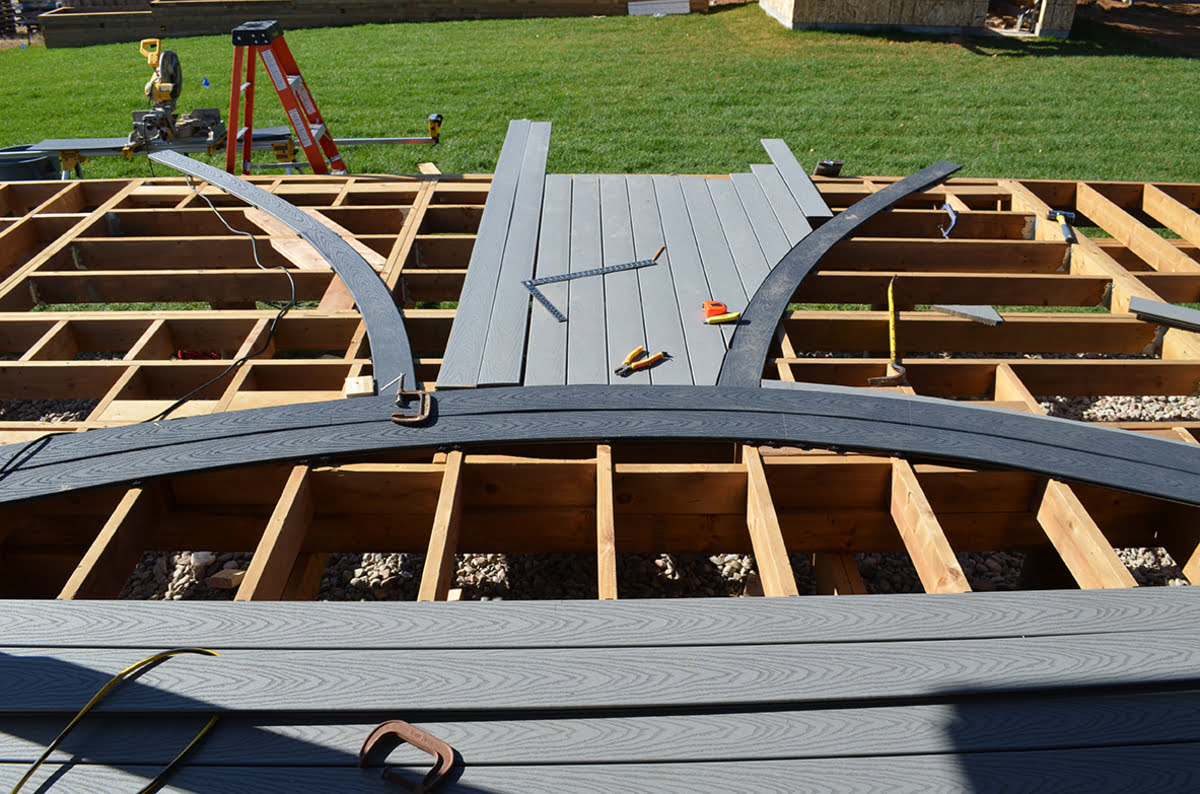

Outdoor Structures
How To Bend Composite Decking
Modified: March 1, 2024
Learn how to bend composite decking for your outdoor structures with our expert tips and techniques. Create beautiful, custom designs with ease.
(Many of the links in this article redirect to a specific reviewed product. Your purchase of these products through affiliate links helps to generate commission for Storables.com, at no extra cost. Learn more)
Introduction
Welcome to the world of composite decking, where beauty meets durability. If you’re looking to add a unique touch to your outdoor living space, bending composite decking can open up a realm of design possibilities. Whether you’re envisioning a curved deck perimeter, a graceful arched entrance, or a custom railing with a gentle curve, bending composite decking allows you to bring your creative ideas to life.
While the thought of bending solid composite boards may seem daunting, fear not! With the right tools, techniques, and a bit of know-how, you can master the art of bending composite decking with confidence. This article will guide you through the process, from understanding the nature of composite decking to the practical steps of bending and securing the boards.
So, grab your imagination and let’s embark on a journey to discover the fascinating world of bending composite decking. By the end of this article, you’ll be well-equipped to add a touch of elegance and individuality to your outdoor oasis.
Key Takeaways:
- Unleash Your Creativity: Bending composite decking opens up a world of design possibilities, allowing you to add graceful curves and elegant angles to your outdoor living space with confidence and finesse.
- Elevate Your Outdoor Oasis: Master the art of bending composite decking to infuse your deck, patio, or garden with captivating curves, transforming your outdoor space into a haven of beauty and innovation.
Read more: How To Build A Deck With Composite Decking
Understanding Composite Decking
Before delving into the art of bending composite decking, it’s essential to grasp the nature of this innovative building material. Composite decking is a blend of wood fibers, recycled plastics, and bonding agents, engineered to offer the natural beauty of wood with the added benefits of low maintenance and exceptional durability.
Unlike traditional wood decking, composite boards are designed to resist fading, staining, scratching, and mold, making them an ideal choice for outdoor structures. The composite material’s composition and construction contribute to its ability to be bent without compromising its structural integrity.
One of the key advantages of composite decking is its flexibility, both in design and function. It can be heated and bent to create smooth, sweeping curves or gentle arcs, adding a touch of elegance to any deck or outdoor structure. This versatility allows homeowners and builders to explore innovative designs that were once limited to traditional wood or metal materials.
Furthermore, composite decking is available in a wide array of colors, textures, and finishes, offering endless possibilities for customization. Whether you prefer the rich warmth of classic wood tones or the contemporary appeal of modern hues, composite decking provides a diverse palette to complement any architectural style or personal preference.
Understanding the unique characteristics of composite decking is crucial when embarking on a bending project. By recognizing its inherent strengths and capabilities, you can approach the bending process with confidence, knowing that the material is designed to accommodate creative curves and graceful bends without sacrificing its resilience.
Now that we’ve gained insight into the nature of composite decking, let’s explore the essential tools and materials needed to bring your bending aspirations to fruition.
Tools and Materials Needed
Embarking on a composite decking bending project requires a selection of specialized tools and materials to ensure a successful and seamless process. Here’s a comprehensive list of the essential items you’ll need:
- Composite Decking Boards: Select high-quality composite boards designed for bending, ensuring that they are suitable for the specific radius you intend to achieve.
- Heat Blankets or Heating Pads: These are crucial for evenly heating the composite boards to facilitate the bending process. Ensure that the heat blankets or pads are suitable for use with composite materials to prevent damage.
- Heat Source: Whether you opt for a specialized heat bending system or a heat gun, a reliable heat source is essential for softening the composite boards to make them pliable for bending.
- Clamps: High-quality clamps are indispensable for securing the composite boards in the desired curved shape during the heating and cooling stages.
- Protective Gear: Safety should always be a priority. Equip yourself with heat-resistant gloves and eye protection to safeguard against potential hazards during the heating and bending process.
- Measuring and Marking Tools: Precision is key when bending composite decking. Utilize measuring tapes, marking pencils, and other layout tools to accurately plan and execute the desired bends.
- Heat-Resistant Surface: A dedicated work surface capable of withstanding high temperatures is essential for heating and manipulating the composite boards without causing damage to the surroundings.
- Personal Protective Equipment (PPE): This includes appropriate attire and footwear to ensure safety and comfort throughout the bending process.
By assembling these essential tools and materials, you’ll be well-prepared to embark on your composite decking bending journey. With the right equipment at your disposal, you can confidently proceed to the next steps, where we’ll delve into the process of preparing the decking boards for bending.
Preparing the Decking Boards
Before diving into the bending process, it’s crucial to prepare the composite decking boards to ensure optimal pliability and a successful outcome. Here’s a step-by-step guide to preparing the boards for bending:
- Choose the Right Boards: Select high-quality composite decking boards specifically designed for bending. Ensure that the boards are suited for the desired radius of the bend, as different products may have varying bending capabilities.
- Inspect for Defects: Thoroughly examine the boards for any defects, such as cracks, warping, or surface irregularities. Using flawed boards can compromise the bending process and the structural integrity of the final installation.
- Plan the Bends: Determine the precise locations and angles of the bends on the decking boards. Mark these areas clearly to guide the heating and bending process accurately.
- Clean the Boards: Ensure that the boards are free from dirt, debris, and any foreign substances that could affect the heating and bending process. Clean the surfaces thoroughly to promote optimal adhesion and prevent potential imperfections in the bends.
- Protect the Surroundings: If working in an enclosed or sensitive area, take measures to protect the surroundings from heat or potential damage during the heating and bending process. Use heat-resistant barriers or shields as needed.
- Prepare the Work Area: Set up a dedicated work area with a heat-resistant surface where you can safely heat and manipulate the decking boards. Ensure that the area is well-ventilated and free from obstructions to facilitate a smooth and controlled bending process.
By meticulously preparing the decking boards, you lay the foundation for a successful bending endeavor. With careful planning and attention to detail, you can proceed to the next phase—the actual bending of the composite decking boards. Let’s delve into the art of bending and shaping these versatile materials to bring your creative vision to life.
To bend composite decking, use a heat gun or a composite decking bending board to soften the material before shaping it. Be sure to follow the manufacturer’s guidelines for bending to avoid damaging the decking.
Bending the Decking Boards
Now comes the exciting phase of bending the composite decking boards to achieve your desired curves and angles. This transformative process requires precision, patience, and a methodical approach to ensure the best results. Here’s a comprehensive guide to bending composite decking boards:
- Heat the Boards: Using a heat source and specialized heat blankets or heating pads, uniformly heat the areas of the decking boards that require bending. It’s crucial to apply consistent heat to soften the composite material without causing damage or uneven pliability.
- Monitor the Temperature: Keep a close eye on the temperature of the composite boards during the heating process. Follow the manufacturer’s guidelines regarding the recommended heating temperatures to avoid overheating or underheating, which can affect the boards’ flexibility.
- Bend with Care: Once the boards reach the optimal pliability, carefully manipulate them into the desired curves or angles. Exercise caution to ensure smooth, gradual bends without applying excessive force that could lead to cracking or deformation.
- Secure the Bends: As soon as the boards are bent to the desired shape, use high-quality clamps to hold them in position until they cool and retain the curved form. This step is critical for preserving the integrity of the bends and achieving a professional, polished result.
- Cooling and Setting: Allow the bent decking boards to cool and set in their curved configuration. This cooling period is essential for the composite material to regain its rigidity and maintain the curved shape effectively.
- Inspect the Bends: After the boards have cooled, carefully inspect the bends to ensure that they meet your expectations in terms of smoothness, uniformity, and structural integrity. Make any necessary adjustments or refinements as needed.
By following these steps with precision and care, you can master the art of bending composite decking boards with confidence. The next crucial phase involves securing the bends to ensure the longevity and stability of the curved configurations. Let’s explore the essential steps for securing the bends and ensuring a durable, visually stunning result.
Read more: How To Cut Composite Decking
Securing the Bends
Once the composite decking boards have been expertly bent to create graceful curves and captivating angles, the next vital step is to secure the bends effectively. Properly securing the curved configurations is essential for ensuring the longevity, stability, and structural integrity of the bent decking boards. Here’s a comprehensive guide to securing the bends:
- Reinforce with Fasteners: Utilize high-quality fasteners, such as screws or specialized fastening systems designed for composite decking, to reinforce the bends and secure the curved boards to the underlying structure. Ensure that the fasteners are strategically placed to provide robust support along the curved edges.
- Pre-Drill Pilot Holes: When installing fasteners along the curved sections of the decking boards, pre-drill pilot holes to prevent potential splitting or damage to the composite material. This meticulous approach helps maintain the structural integrity of the bends and minimizes the risk of visible blemishes.
- Use Manufacturer-Recommended Hardware: Adhere to the manufacturer’s recommendations regarding the type, size, and spacing of fasteners to be used with the specific composite decking product. Following the manufacturer’s guidelines ensures optimal performance and longevity of the bent boards.
- Consider Hidden Fastening Systems: Explore the option of concealed fastening systems designed for composite decking, especially along the curved edges. Hidden fasteners can provide a clean, seamless appearance while offering robust reinforcement for the curved configurations.
- Verify Alignment and Stability: Double-check the alignment and stability of the secured bends to confirm that the curved decking boards are securely fastened and seamlessly integrated with the overall deck structure. This meticulous verification process is crucial for achieving a flawless, professional finish.
- Inspect and Refine: After securing the bends, conduct a thorough inspection to identify any areas that may require additional reinforcement or refinement. Address any potential issues promptly to ensure the optimal performance and visual appeal of the curved decking configurations.
By meticulously securing the bends with precision and attention to detail, you can elevate the durability and aesthetic allure of the curved composite decking boards. With the bends expertly secured, your outdoor living space will exude a sense of elegance and individuality, showcasing your creative vision and craftsmanship.
As we conclude this guide, you now possess the knowledge and insight to embark on an exciting journey of bending composite decking with confidence and finesse. Embrace the art of bending, and transform your outdoor oasis into a captivating haven of beauty and innovation.
Conclusion
Congratulations! You’ve delved into the captivating realm of bending composite decking, unlocking a world of creative possibilities for your outdoor living space. By mastering the art of bending, you have the power to infuse your deck, patio, or garden with graceful curves, elegant arches, and captivating angles, elevating the aesthetic allure of your outdoor oasis.
Throughout this journey, you’ve gained a deep understanding of composite decking, recognizing its remarkable flexibility, durability, and potential for artistic expression. With the right tools, meticulous preparation, and a methodical approach, you’ve learned how to transform solid composite boards into fluid, sculptural elements that breathe new life into your outdoor environment.
From the meticulous preparation of the decking boards to the precise bending process and the crucial step of securing the bends, you’ve embraced each phase with skill and determination. Your commitment to excellence has culminated in the creation of captivating curved configurations that redefine the boundaries of outdoor design.
As you bask in the beauty of your newly transformed outdoor space, adorned with gracefully curved composite decking, take pride in the artistry and craftsmanship that have brought your vision to fruition. The elegant curves and captivating angles serve as a testament to your ingenuity and passion for creating a truly unique and inviting outdoor sanctuary.
With the knowledge and skills acquired on this journey, you are now poised to embark on future projects with confidence, exploring innovative designs and pushing the boundaries of traditional decking concepts. Whether it’s a curved deck perimeter, a sweeping arched entrance, or a custom railing with gentle curves, the art of bending composite decking has empowered you to turn your boldest ideas into breathtaking reality.
As you continue to explore the endless possibilities of composite decking, remember that the art of bending is not merely a technical process—it’s a celebration of creativity, individuality, and the seamless integration of nature’s beauty into your outdoor lifestyle. Embrace the art of bending composite decking, and let your outdoor space become a canvas for inspired expression and timeless elegance.
So, go forth with confidence, and let the art of bending composite decking elevate your outdoor living experience to new heights of beauty and sophistication.
Frequently Asked Questions about How To Bend Composite Decking
Was this page helpful?
At Storables.com, we guarantee accurate and reliable information. Our content, validated by Expert Board Contributors, is crafted following stringent Editorial Policies. We're committed to providing you with well-researched, expert-backed insights for all your informational needs.
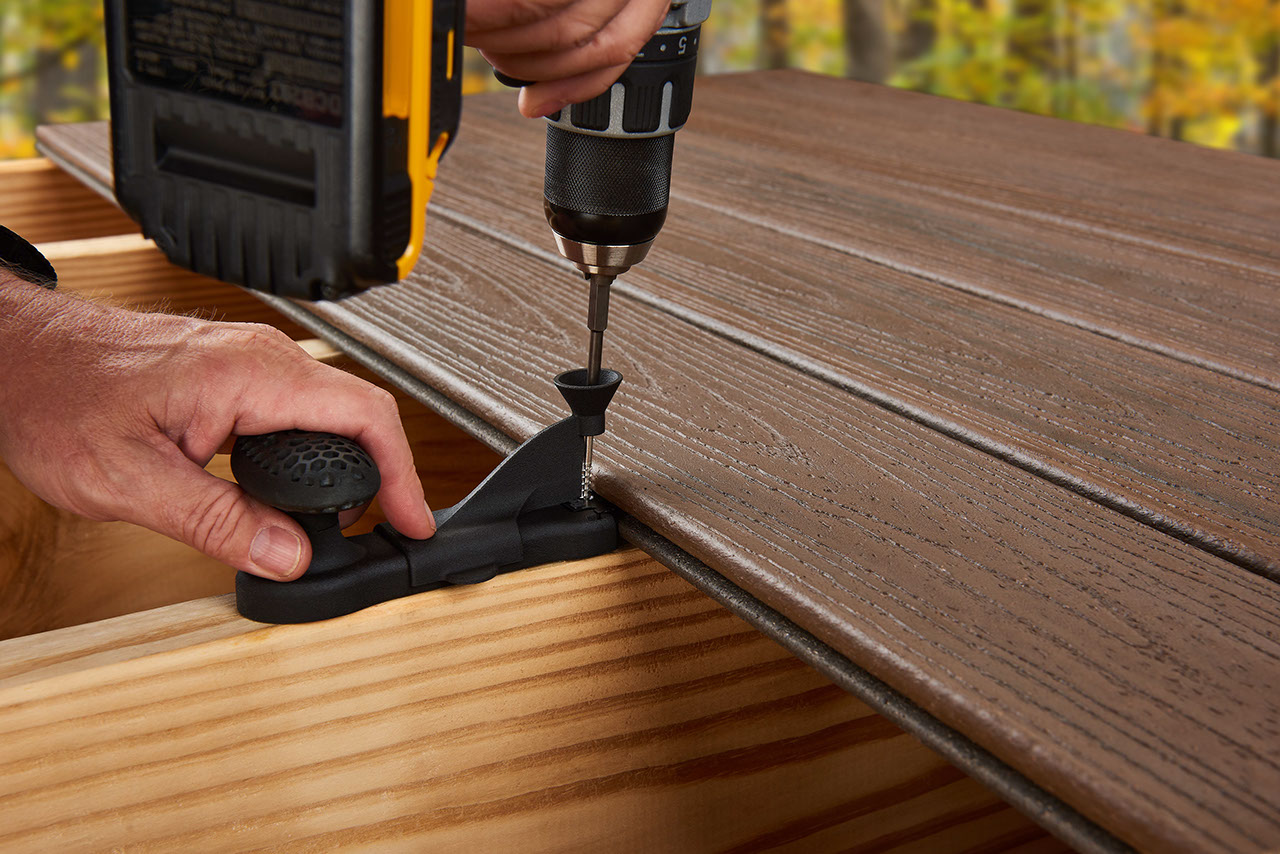
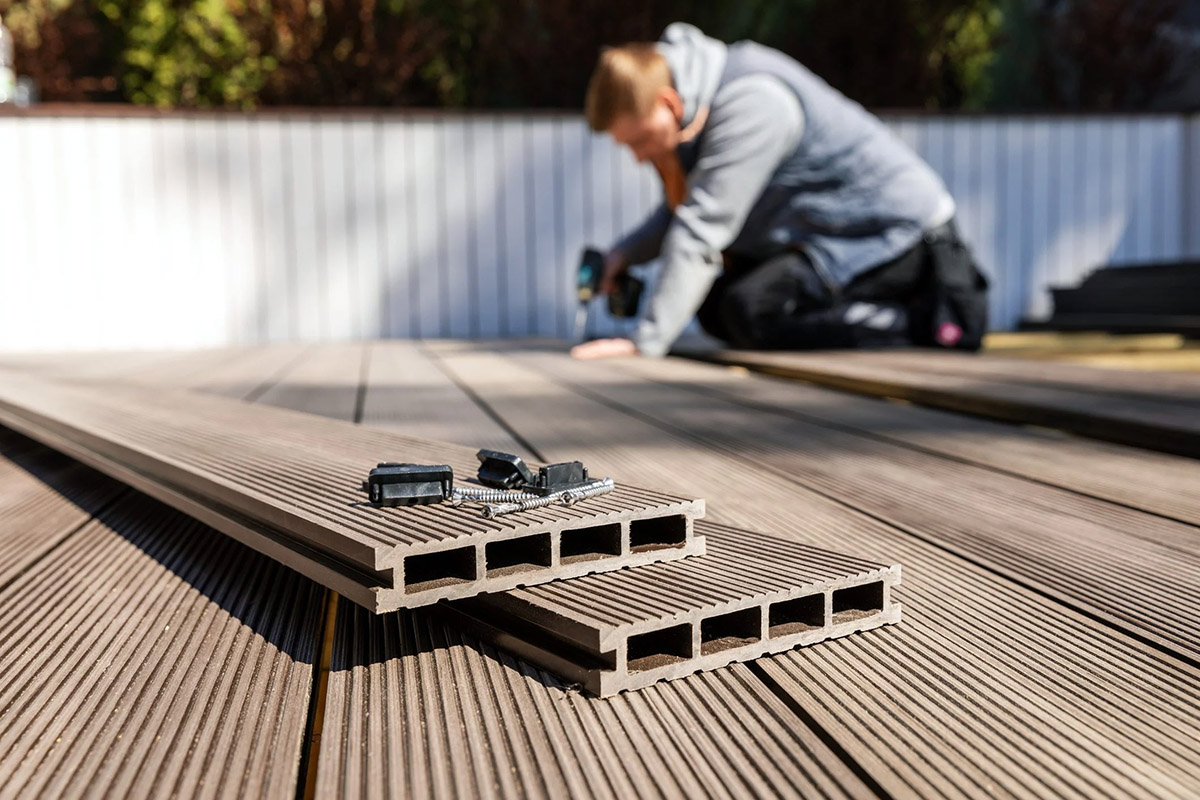
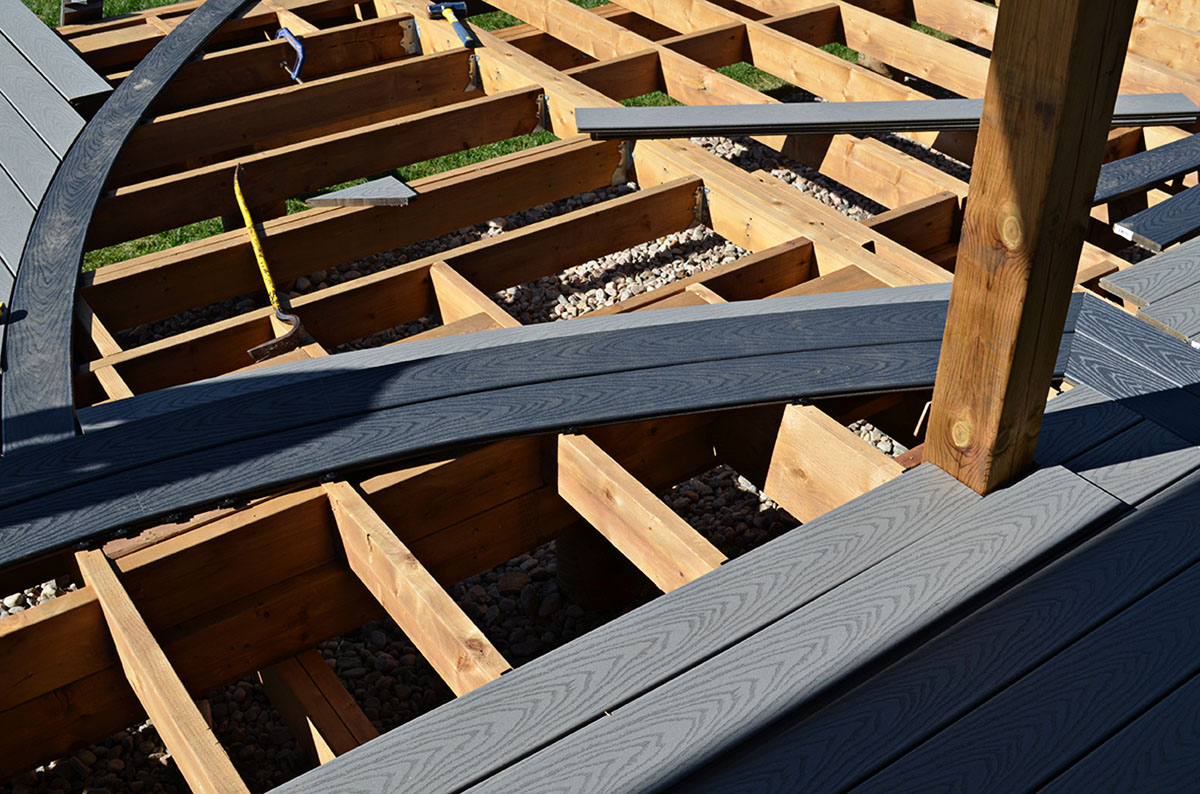
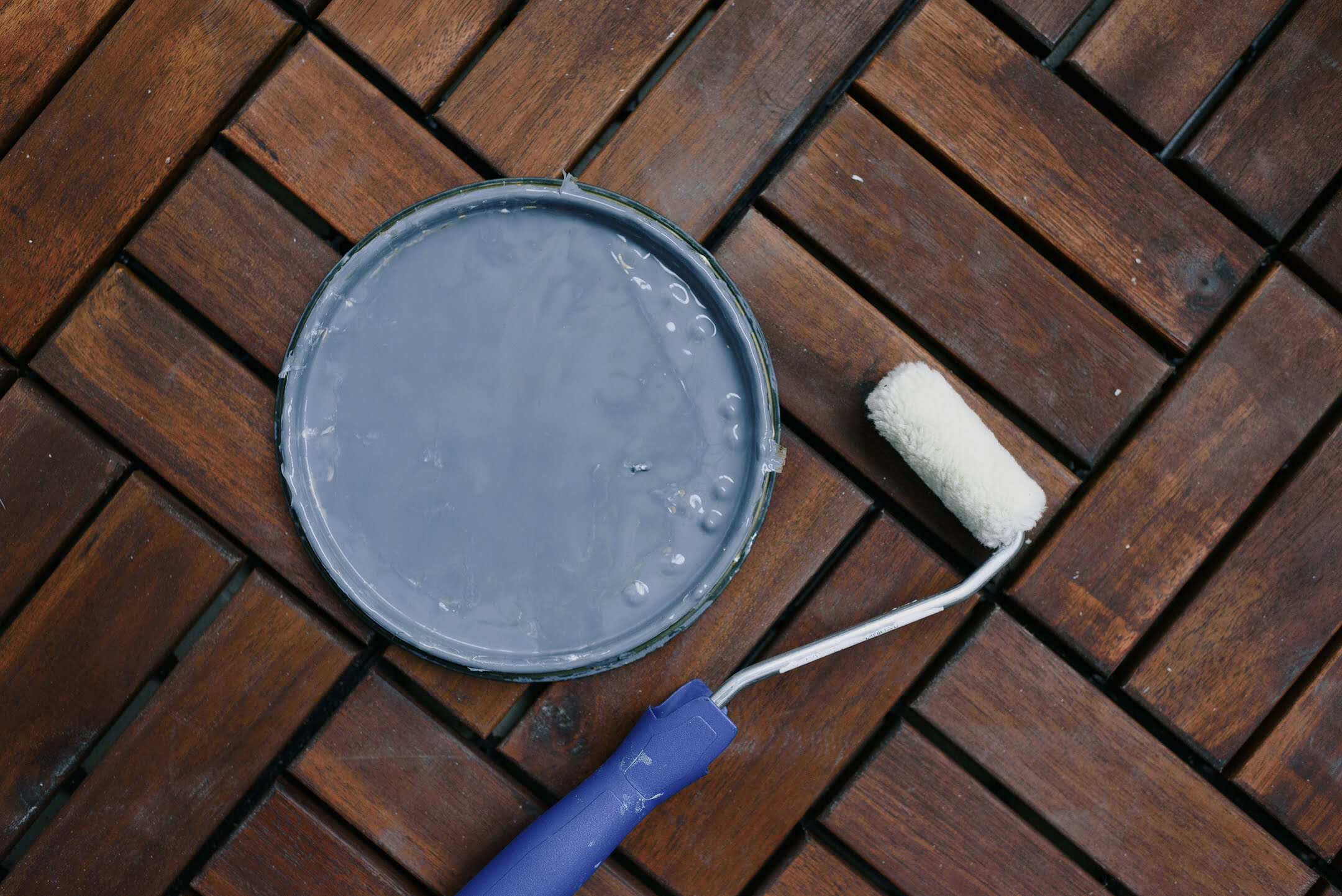

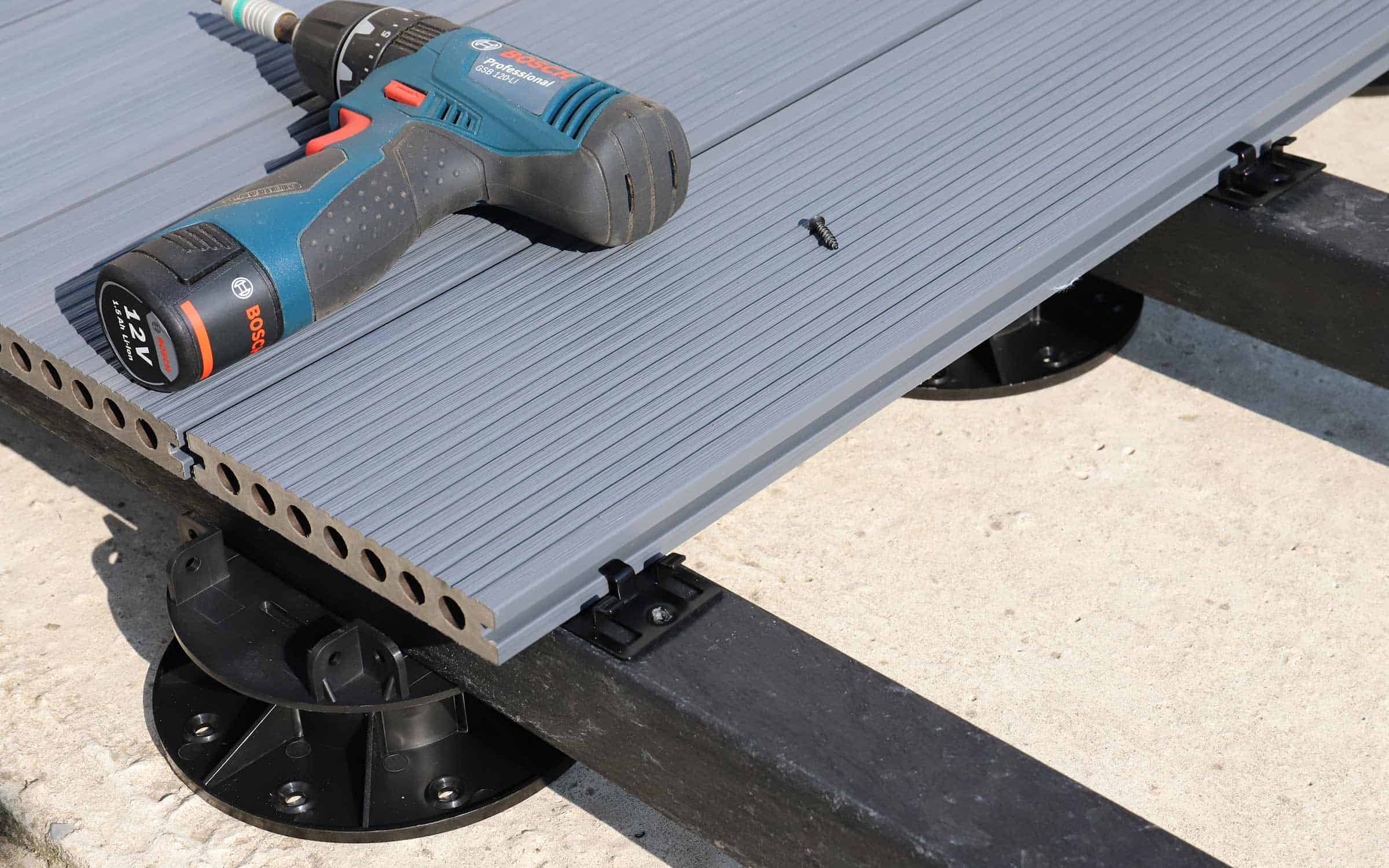
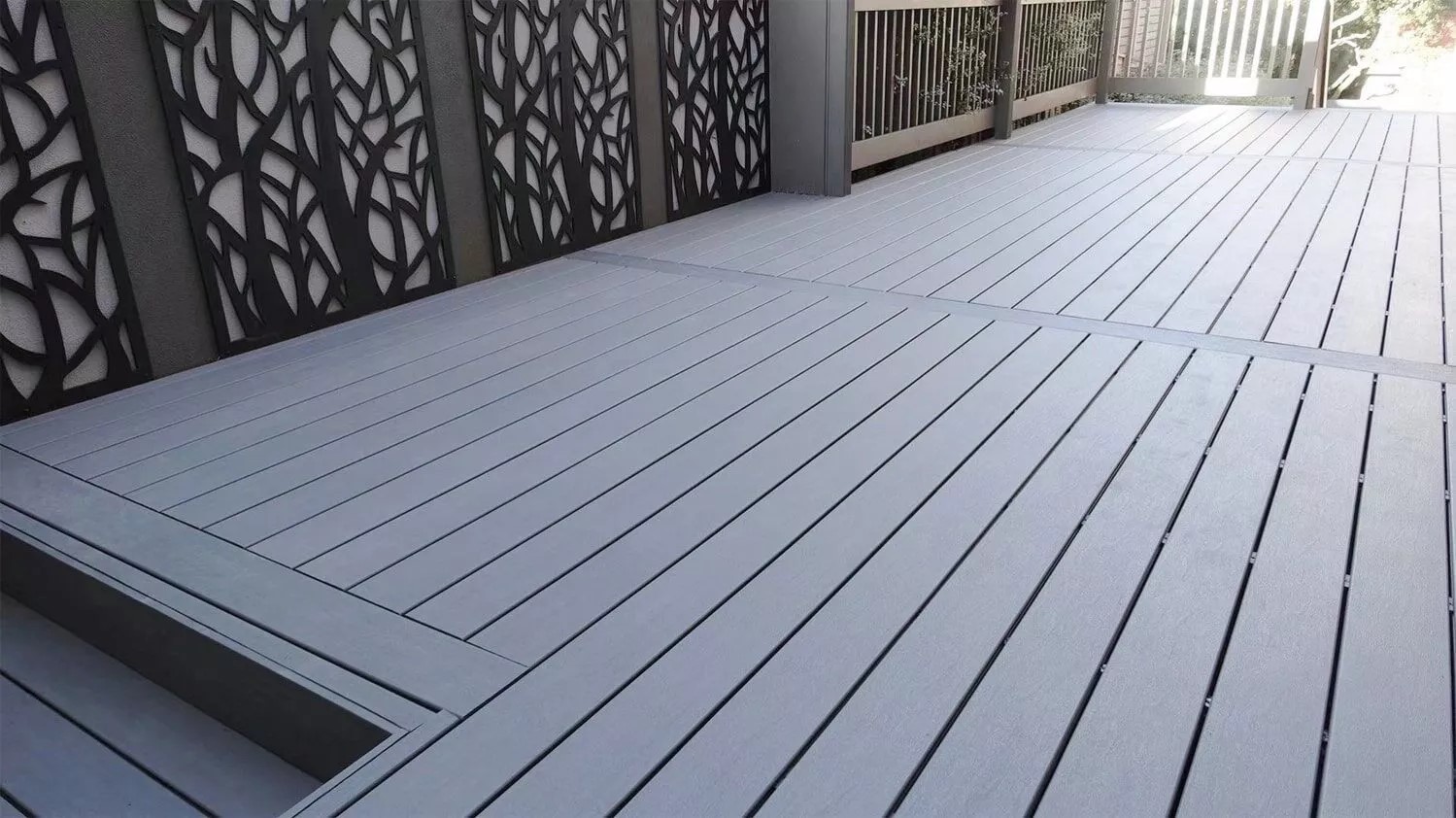
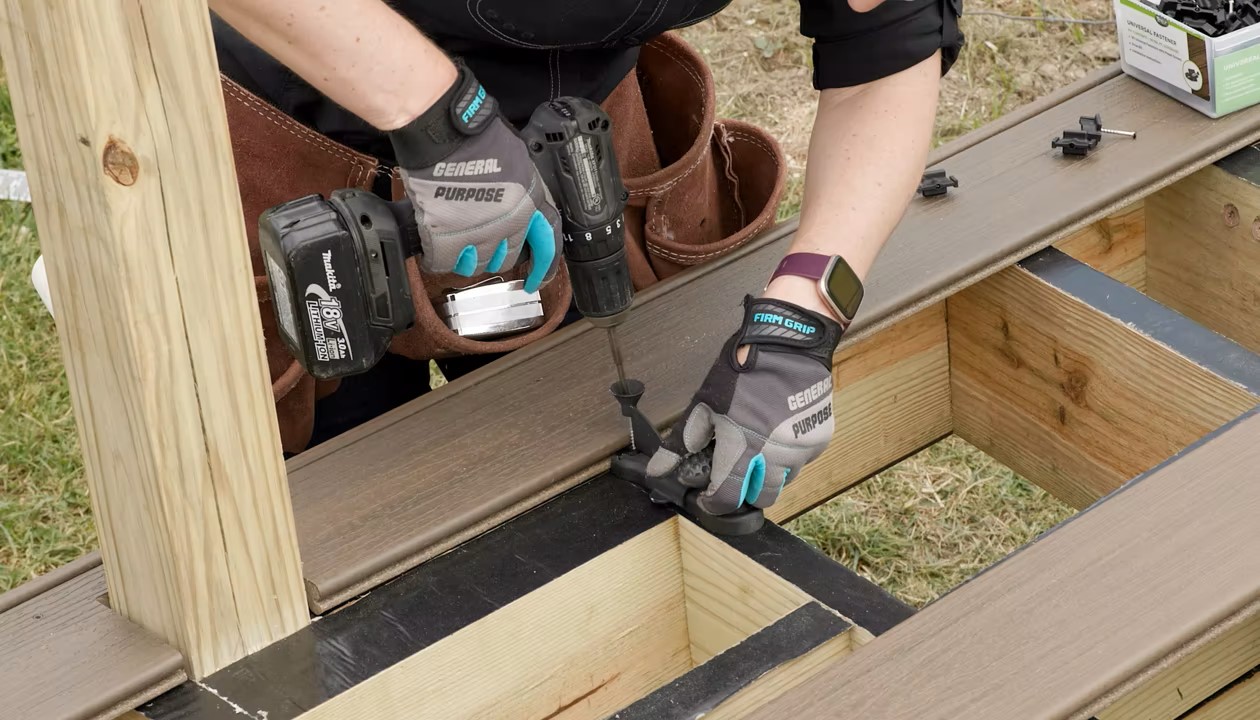
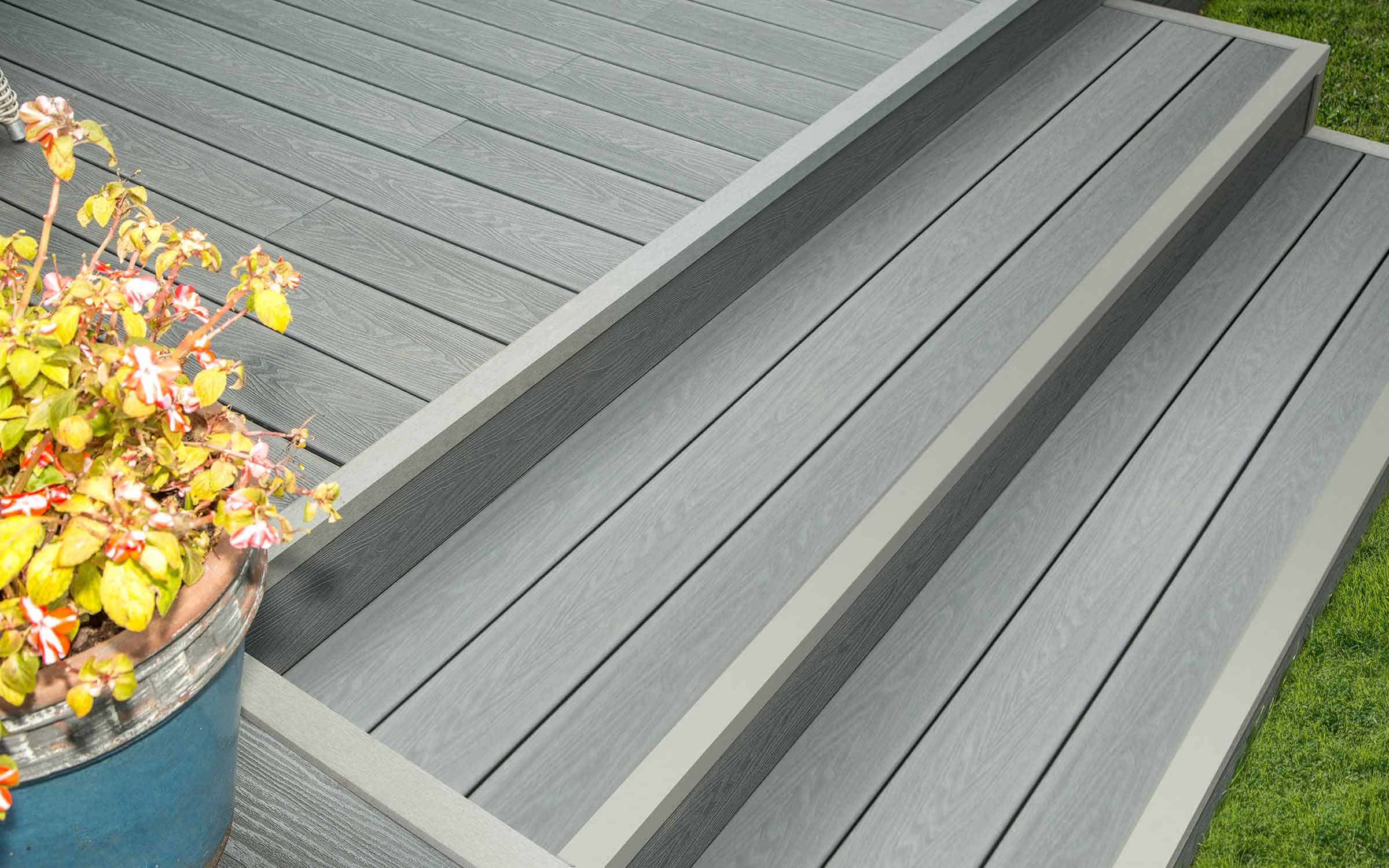
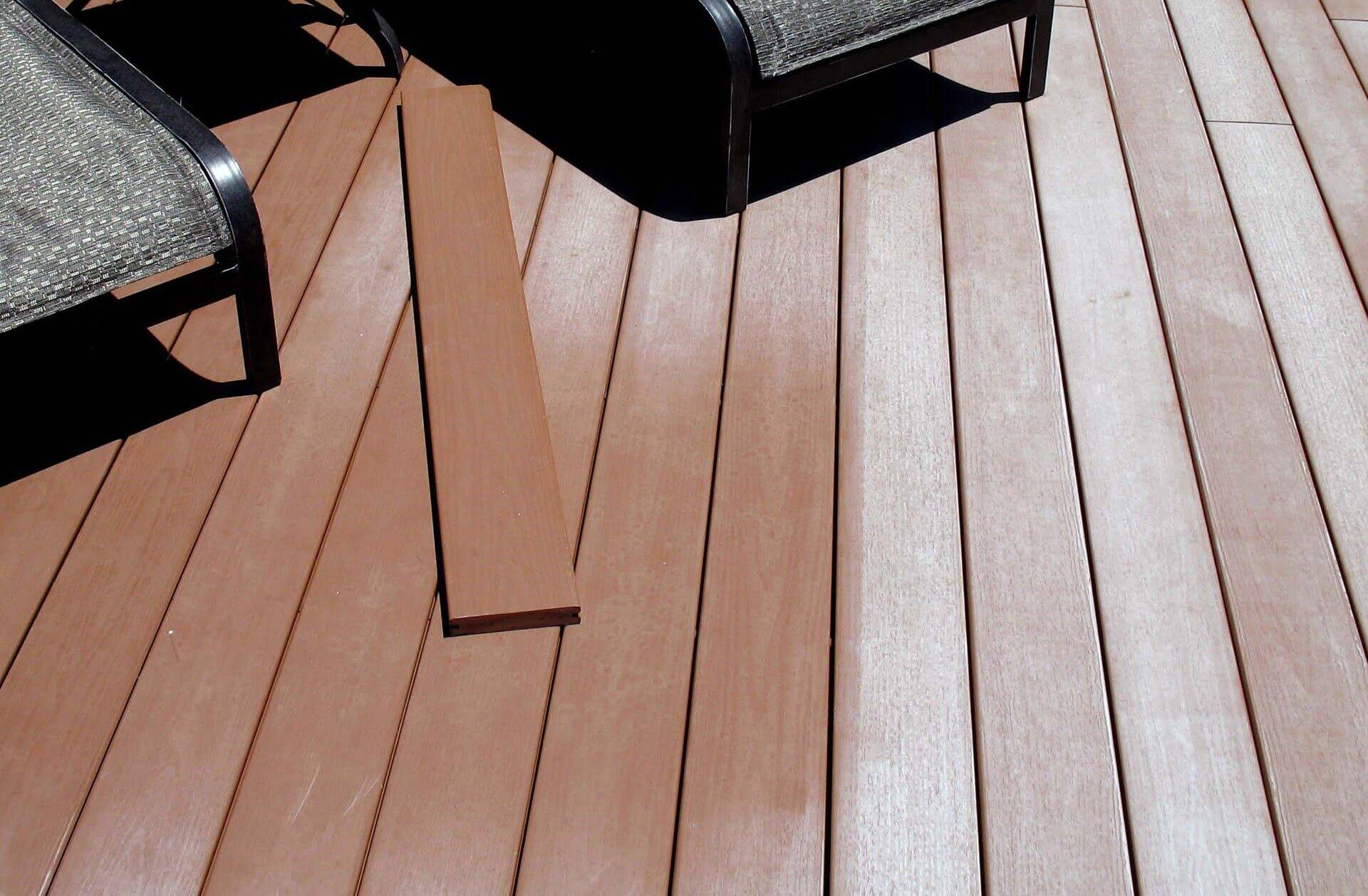
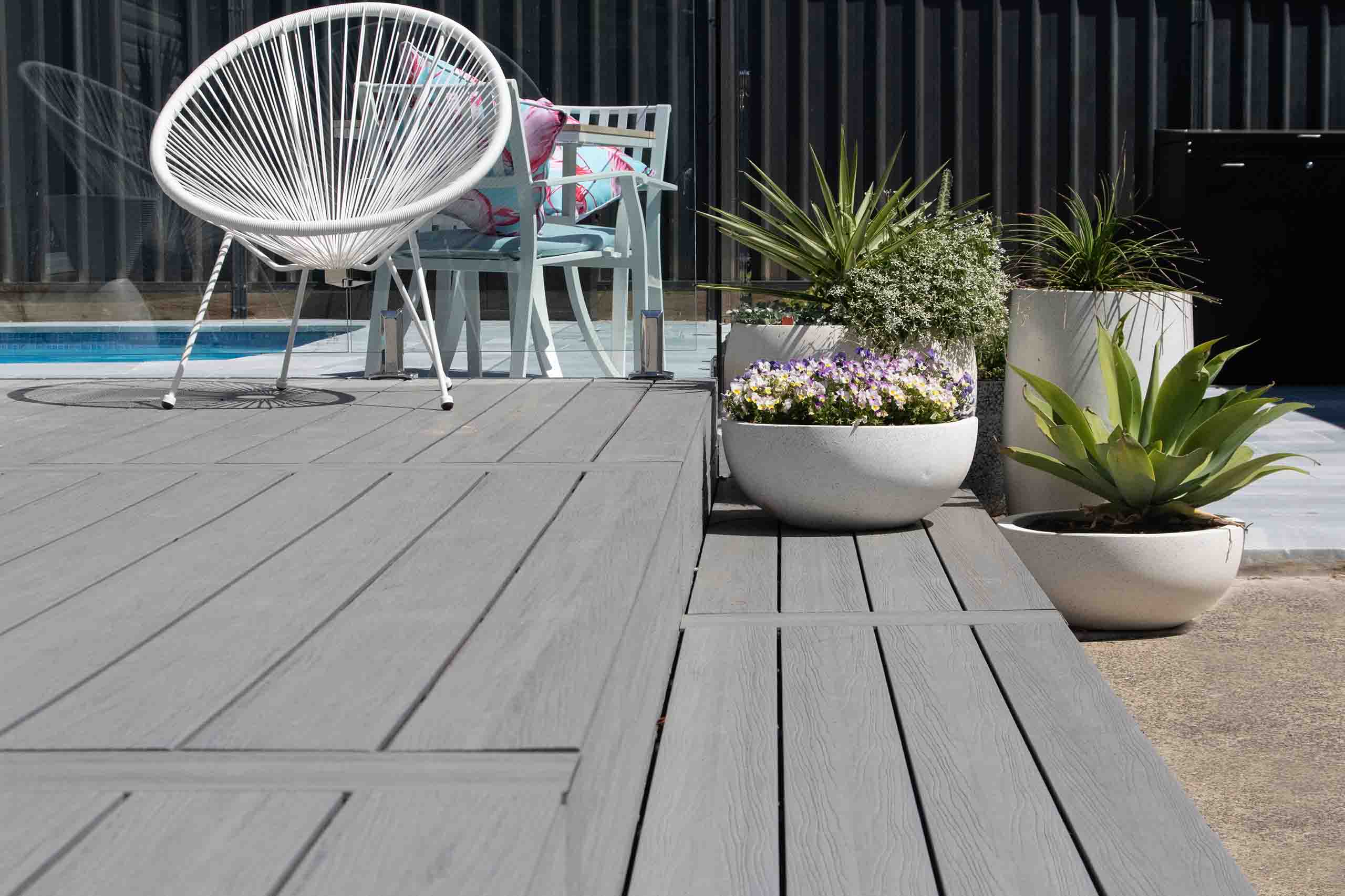
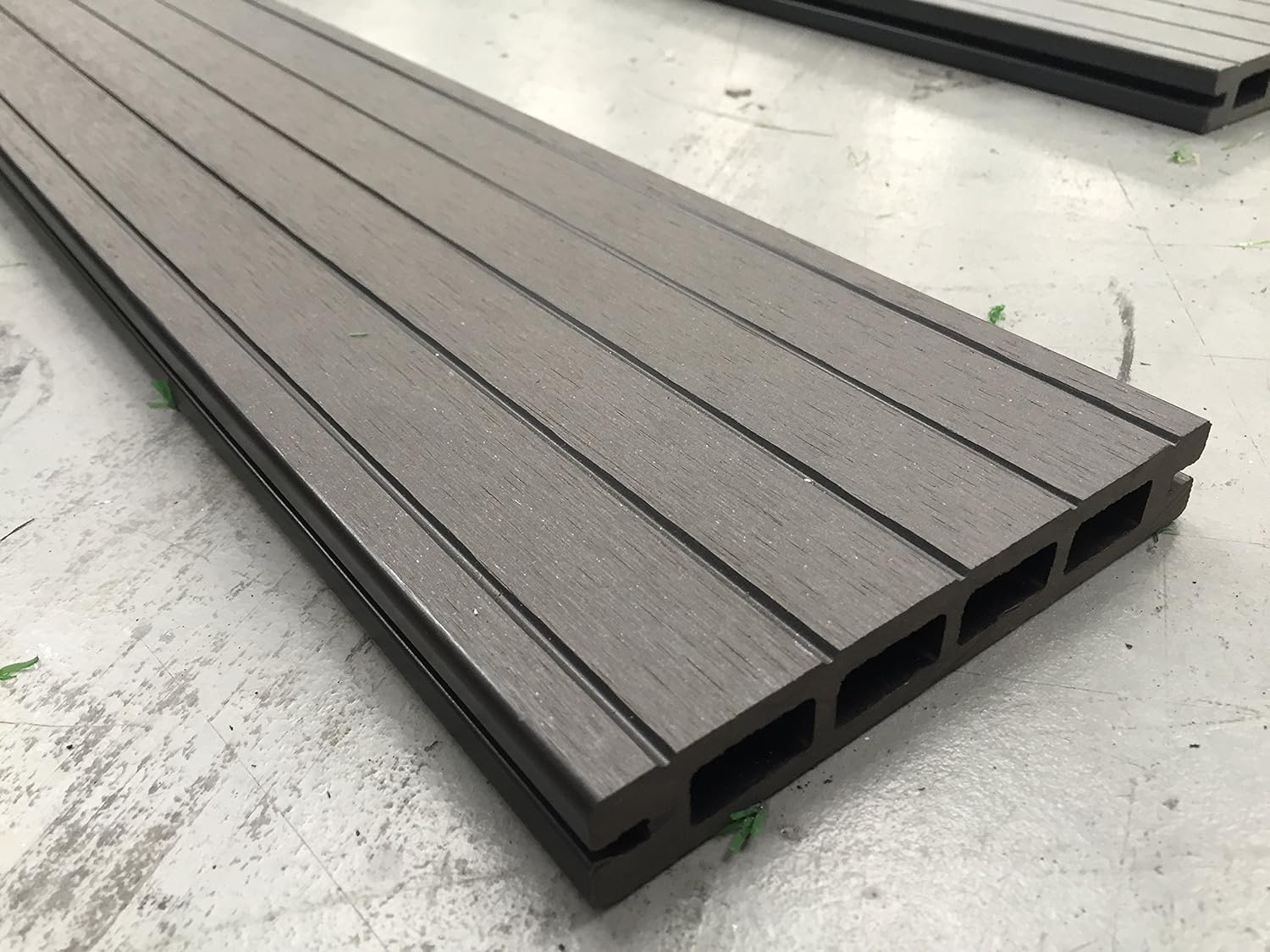
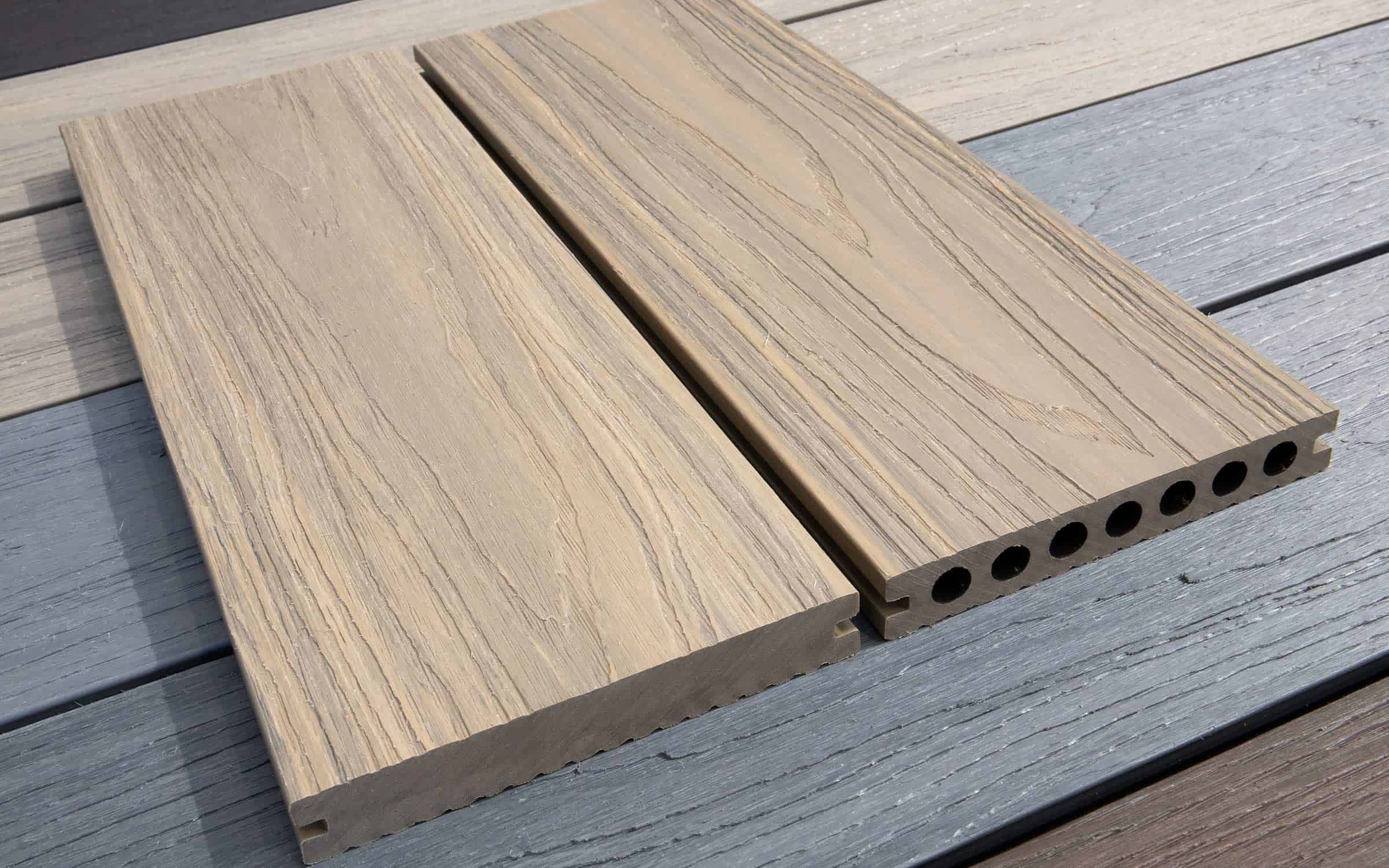
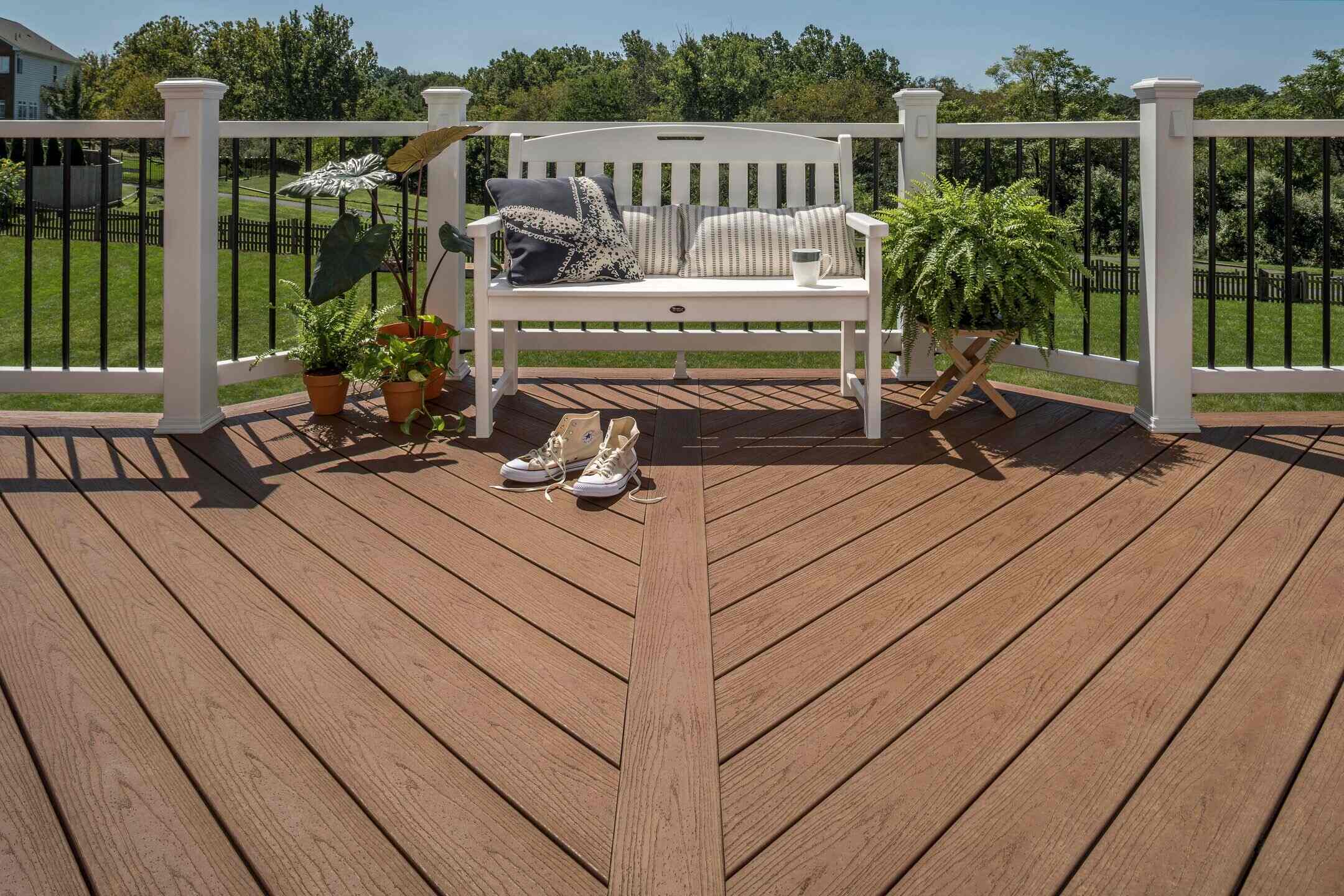

0 thoughts on “How To Bend Composite Decking”